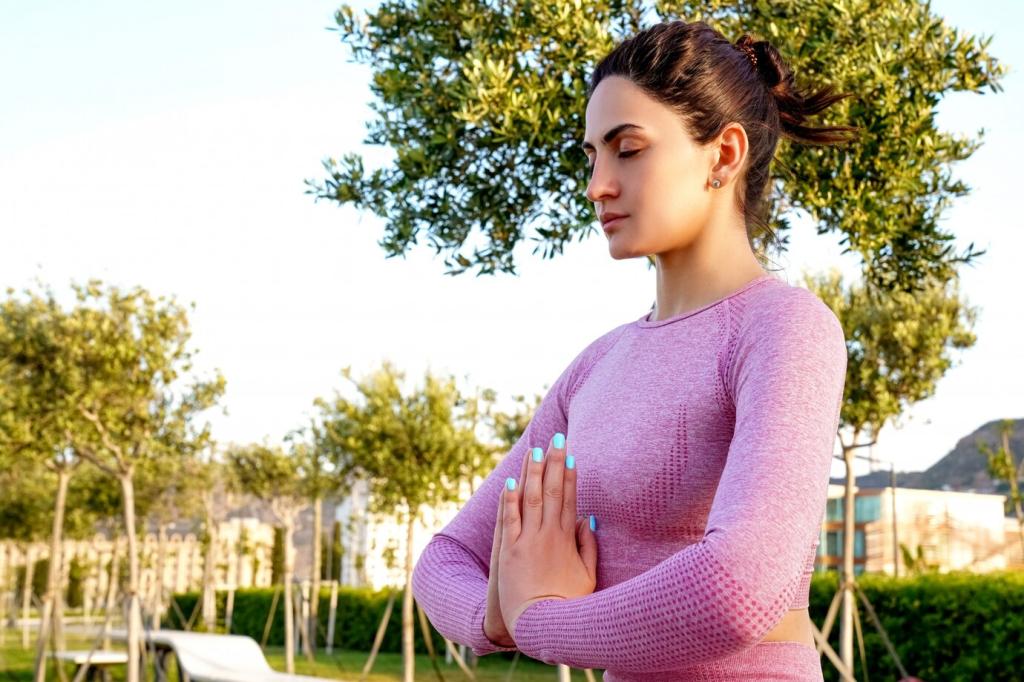
Move Calmly, Think Strongly: The Synergy of Meditation and Physical Exercise
Chosen theme: The Synergy of Meditation and Physical Exercise. Welcome to a practice where focused breath powers movement and mindful movement deepens focus. Explore science, routines, and stories that unite stillness and sweat—and join the conversation by sharing your experience or subscribing for weekly guidance.
The Science Behind Mind–Body Synergy
Selective attention lowers perceived exertion and refines motor control, allowing cleaner technique under fatigue. Meditation trains that attention. Together, they reduce mental noise during hard efforts, helping you notice subtle form cues and stay present when discomfort spikes. Share your focus hacks below.
The Science Behind Mind–Body Synergy
Mindfulness practices dampen sympathetic overdrive and stabilize cortisol rhythms, supporting recovery windows where muscle and neural adaptations occur. Pairing calm breathing with workouts can preserve intensity while protecting sleep and appetite. Have you tried breath resets on heavy weeks? Tell us what changed.
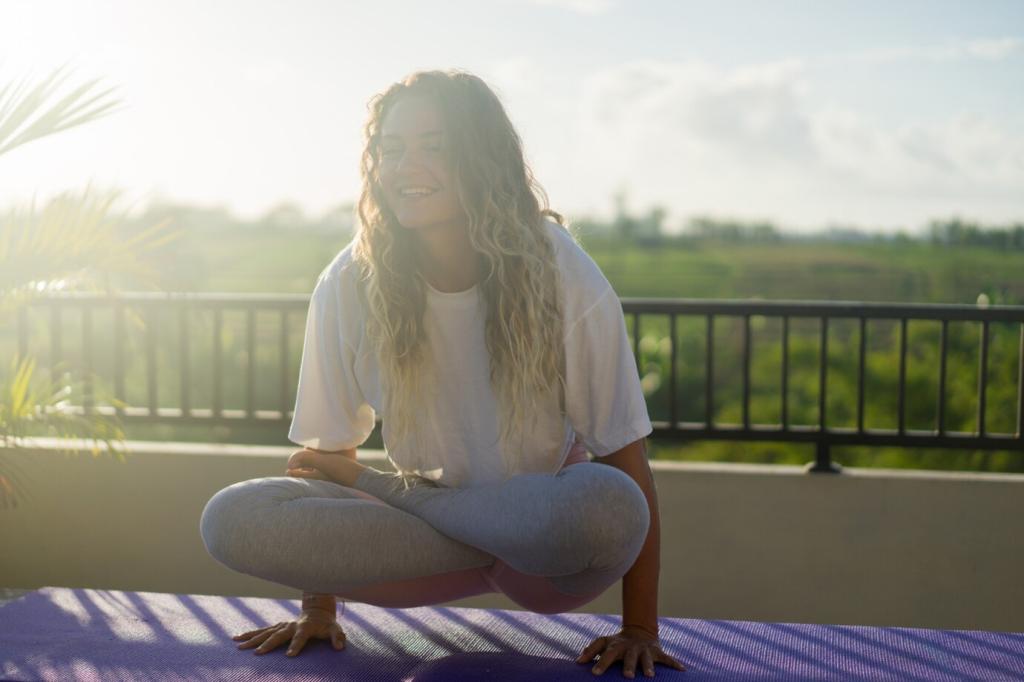
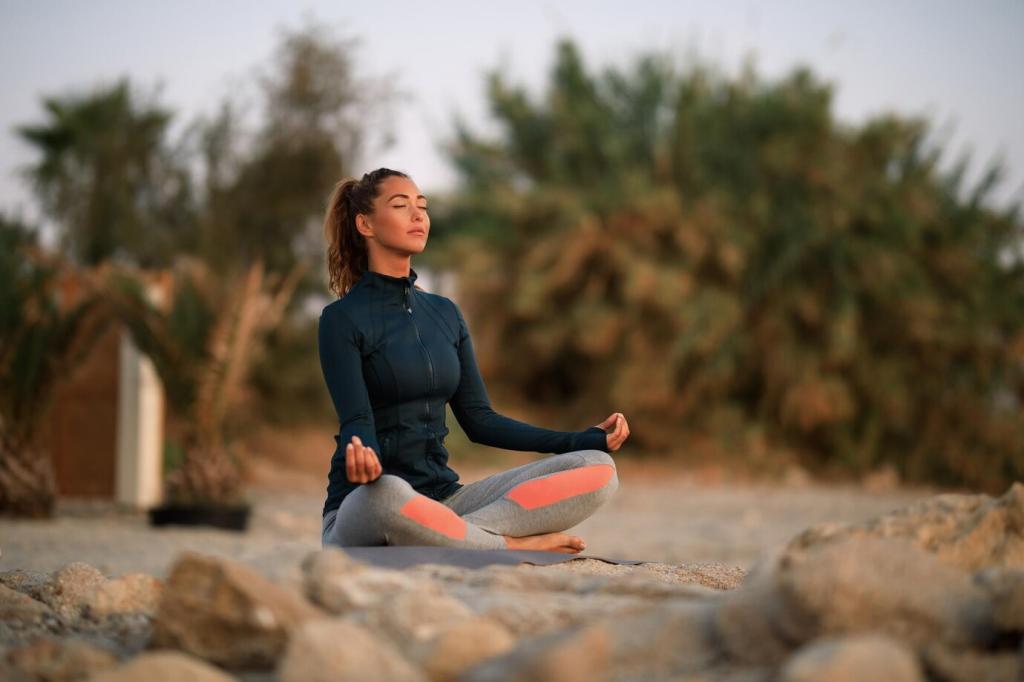
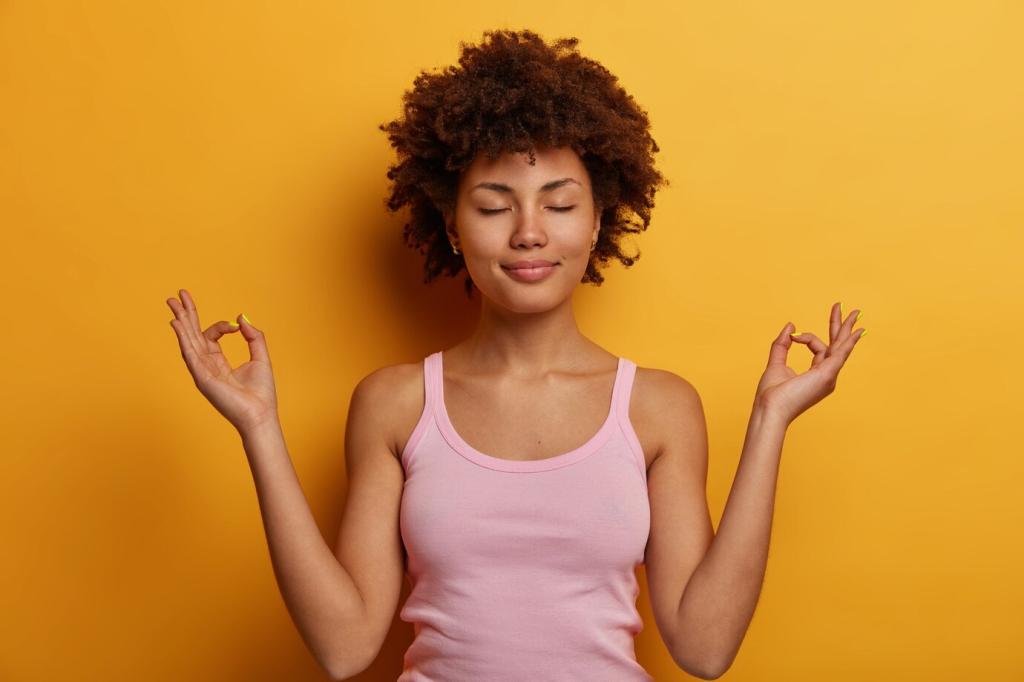
Breath, Pace, and Presence: Meditative Running and Walking
Choose a comfortable cadence, then layer a gentle mantra across steps: in-in, out-out, repeat. This anchors attention, prevents surging too early, and softens negative self-talk. Post-run, jot two mindful moments you noticed today and share one in the comments to inspire others.
Breath, Pace, and Presence: Meditative Running and Walking
Experiment with nasal breathing and simple ratios like four steps inhale, four steps exhale. As fitness improves, extend exhales to nudge your nervous system toward calm. Notice heart rate drift, perceived effort, and posture. Subscribe for a printable guide with progressive ratios.
Strength Training with Stillness
Try box breathing—inhale, hold, exhale, hold, four counts each—for one minute between sets. It steadies grip, slows racing thoughts, and prepares precise bar paths. Notice how your setup ritual changes. If it helps, save this routine and share your favorite count scheme.

Use short, breath-led flows—lunge, twist, hinge, plank—to prime hips and thoracic spine before runs or lifts. Each exhale, release unnecessary tension. Each inhale, lengthen. Keep it playful. Share your favorite two-move flow so others can try it pre-workout.
Yoga Beyond Poses: Athletic Mindfulness
Single-leg balances with soft gaze train stabilizers and attention simultaneously. Wobbles are data, not failure. Note which foot feels distracted and why. This mindful approach often reveals footwear issues or fatigue. Comment if balance work reduced your niggles this season.
Yoga Beyond Poses: Athletic Mindfulness
Recovery Rituals: Cooldowns, Visualization, and Sleep
Walk slowly, inhale curiosity, exhale judgment. Stretch lightly around joints you stressed most, naming sensations without labels like good or bad. This mindset eases ruminations about missed reps. Share your go-to three-minute cooldown to help others close workouts gracefully.
Recovery Rituals: Cooldowns, Visualization, and Sleep
Spend five minutes replaying best-form moments in vivid detail: grip, breath, tempo, environment. The brain rehearses patterns it imagines repeatedly. Pair imagery with slow exhales to encode calm with competence. Tell us which skill improved most after consistent visualization.
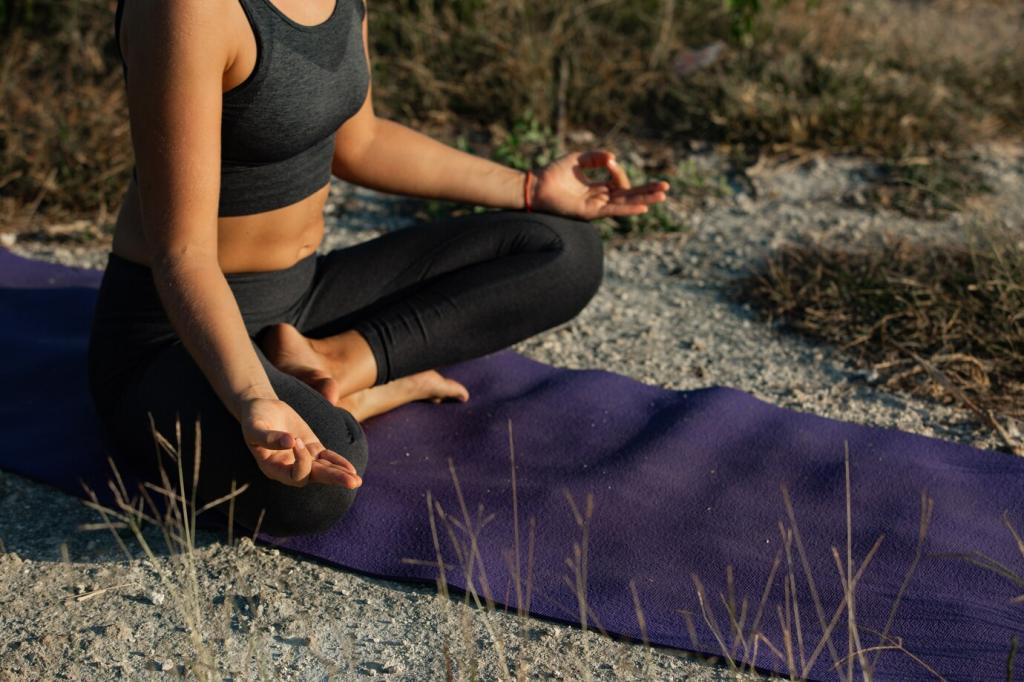
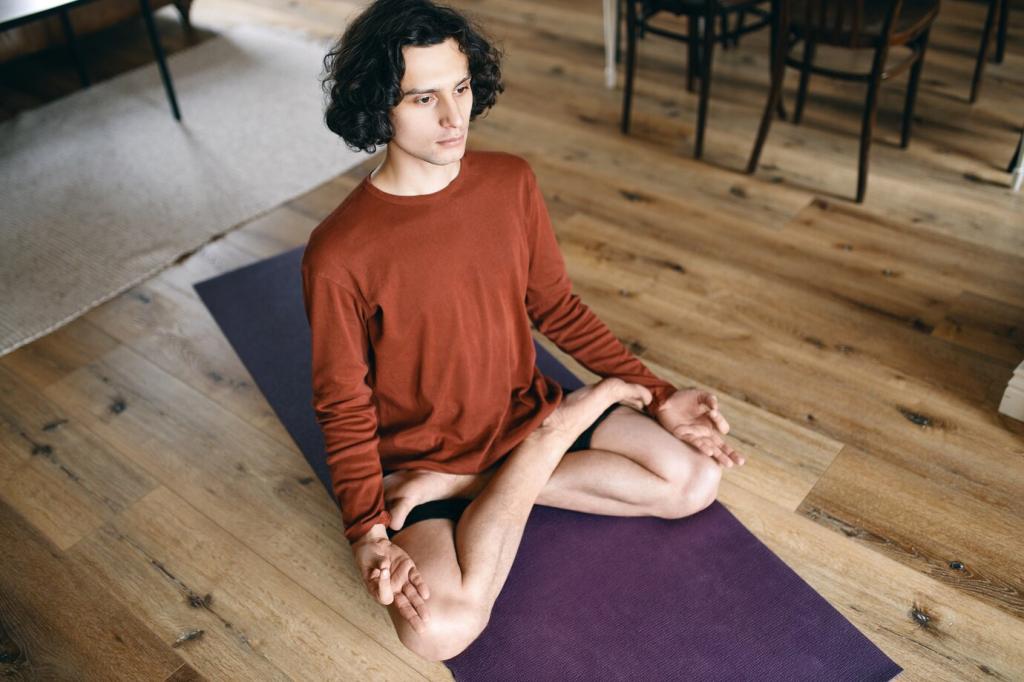
Real Stories: Blending Stillness and Sweat
A collegiate sprinter shaved reaction-time jitters by practicing two quiet breaths in the blocks. He reported calmer starts and steadier drive phases. His coach noticed fewer false steps. What small pause helps you deliver when seconds matter? Share your ritual.
An analyst walked twenty minutes daily, inhaling for four steps, exhaling for six. Afternoon emails felt lighter, and evening snacking fell naturally. She kept a tiny notebook of moments noticed. Try her method this week and comment with your best lunchtime anchor.
A community coach added ninety seconds of nasal breathing before drills. Athletes reported clearer communication and fewer rushed errors. Injuries dropped mid-season. If you lead a group, test a short breath check-in and tell us what culture changes you see.
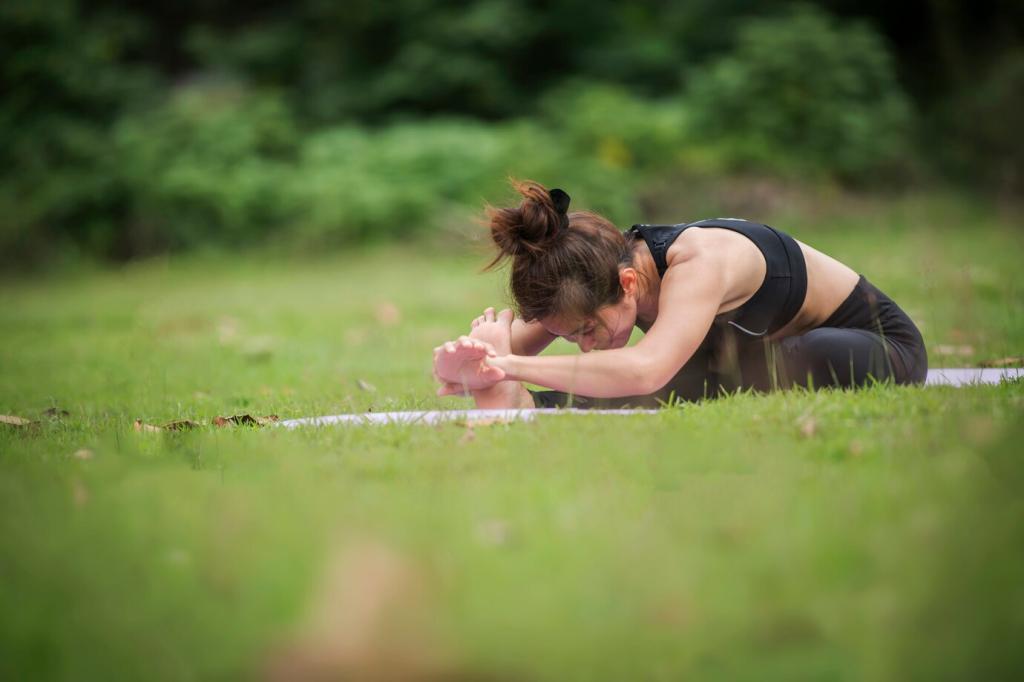
Start Here: Simple Routines and Habit Design
Begin with three minutes of breath, two minutes of movement. That’s it. Consistency beats intensity early on. Mark an X on the calendar after each session. Subscribe for a printable starter calendar and tag us when you complete your first streak.
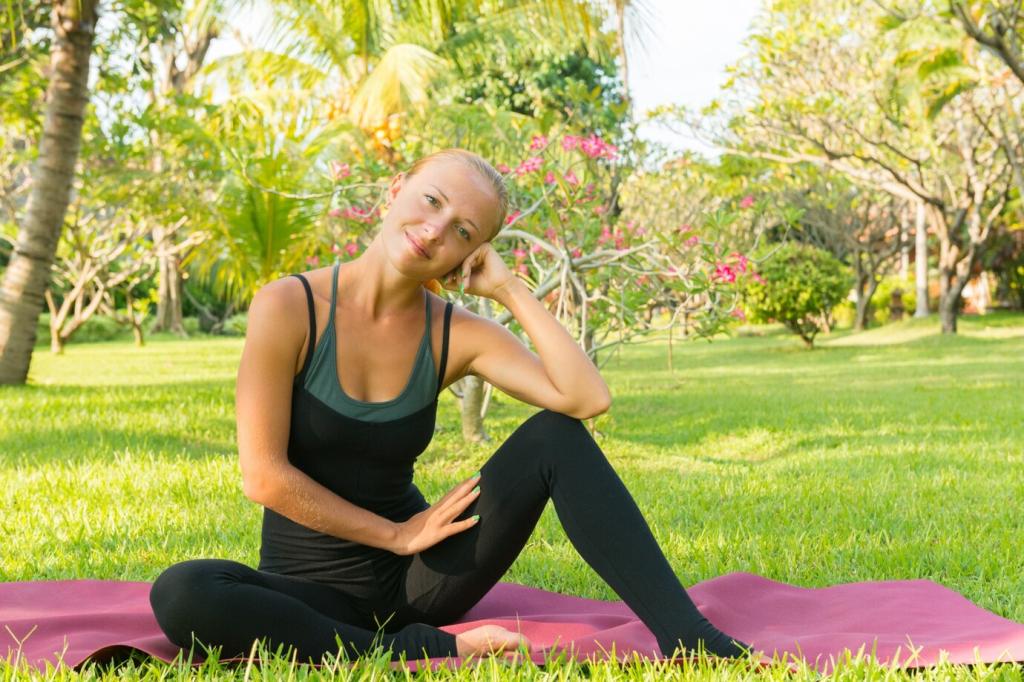
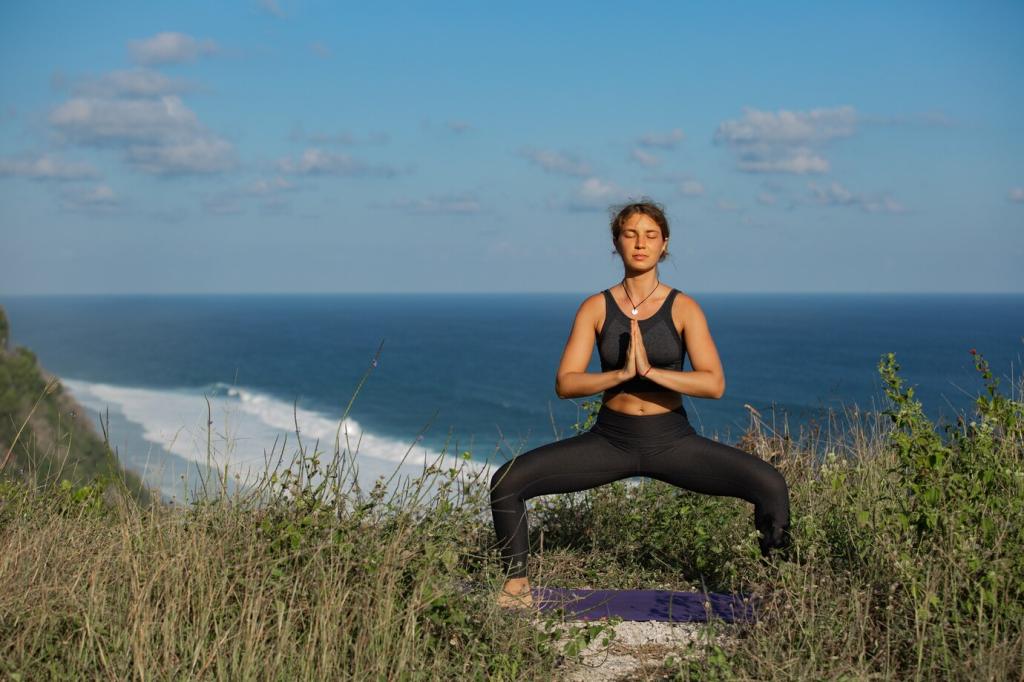
Start Here: Simple Routines and Habit Design
Attach meditation to a workout anchor you already do: tying shoes, filling a bottle, or setting a timer. One minute of noticing breath, then move. Share the anchor that fits your routine so others can borrow your idea today.
